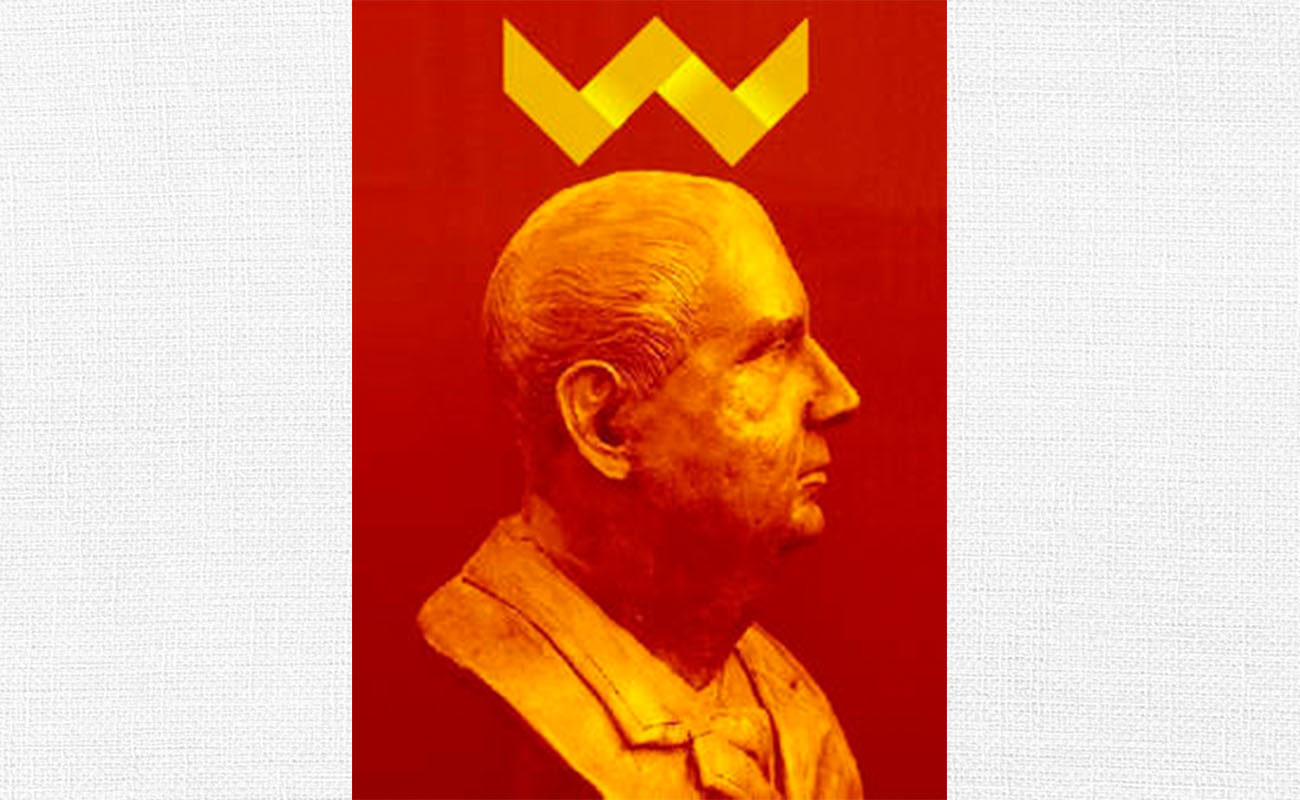A Bienal with the flavor of Seville
Antonio Zoido Naranjo, the current director of the Biennial, has said that the great Sevillian festival has to recover the sevillany of its principles, or something like that. Totally agree. I would add that also the taste flamenco, but it will open it Israel Galván and will close itDorantes . Galván, by the way, with a work already seen, Arena , "Although changed," Zoido said

Antonio Zoido Naranjo, the current director of the Biennial, has said that the great Sevillian festival has to recover the sevillany of its principles, or something like that. Totally agree. I would add that also the taste flamenco, but it will open it Israel Galván and will close itDorantes . Galván, by the way, with a work already seen, Arena , “Although changed,” Zoido said in his meeting with the media. Six Miuras for the Sevillian dancer and choreographer.
One thing that the Bienal could do is try to tell the story of flamenco in Seville, which has never been done before. Would there be anything more Sevillian than that, given that the natives of the Andalusian capital have no idea how the flamenco was born and how this city was vital for its consolidation and dissemination? Something knows about this Zoido, known as a gypsy and diver in the roots of the jondo, although he lacks experience as organizer of festivals of flamenco.
It would not be a bad thing if there was a cycle during every day of the Biennial of courses and talks about the history of flamenco in Seville. It is not to give work to the flamencologists and researchers, but because it is much needed. It would recover the spirit of that El Arenal Tertulia, in Seville, which was created and directed by Silverio Domínguez Conde, the son of Silverio Franconetti , in the beginning of the thirties of the last century.
It was in this literary gathering where, for the first time, flamenco was started, two decades before Anselmo González Climent called the study of the art of the jondo . Painters, writers, poets and artists of the flamenco spoke about this art in that gathering of El Arenal, near La Maestranza. Among others, the cantaorFernando el de Triana , whose book, Flemish Art and Artists (1935), began to forge between this cultural center and Coria del Río.
And what about Silverio? Is it acceptable that there is never anything about this great figure in Seville, being so important for the Andalusian capital and the flamenco in general? We have not even commemorated the one hundred and fifty years of his return to Seville after his South American adventure, in 1864. A year later, Silverio was already in Seville organizing the great leap of flamenco to the stages, in that change that had to be made from the salons or the dance academies to the singing café.
He was not alone Silverio in that great work. Manuel Ojeda Rodríguez, the famous Burrero He was with him side by side and the people of Seville do not know who he was, whether he was from Triana or Macareno, from San Román or from San Juan de la Palma. Not even if you want to know how long and how this great businessman of flamenco lived, one of the pioneers. And there were others, such as the comedian López Galea, the cantaor Juan Junquera, El Chino or Juan de Dios, one of the children of the singer and bullfighter El Isleño, who not only directed the Philharmonic -known as the Café de Juan de Dios-, but a coffee in Huelva, always competing with Silverio.
If the Biennial is going to honor some painters like Joaquín Sáenz or Francisco Moreno Galván in this edition, why not Silverio, El Burrero or Silverio himself? Domínguez Conde? Someone can say that this is not the competence of the Biennial. I think so, that the festival has the obligation to train the fans and one way to do it is to know these things, how it all began and who were the true protagonists of that feat. And we are not talking about a lot of money. Surely it would be cheaper to get Israel Galván to fight in the Maestranza.




